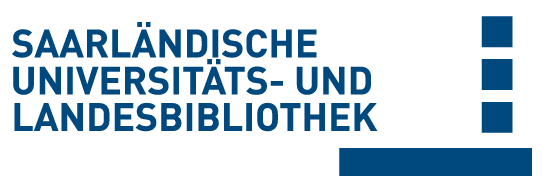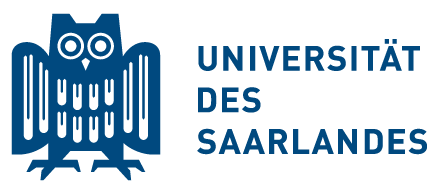Please use this identifier to cite or link to this item:
doi:10.22028/D291-46505 | Title: | Ultrasonic chamber combined with photodynamic therapy inhibits bacterial growth on dental devices |
| Author(s): | Ribeiro, Jeter Bochnia Foggiato, Augusto Alberto Fernandes, Douglas Silva Câmara, João Victor Frazão Ribeiro, Amanda de Oliveira Pinto França, Fabiana Mantovani Gomes |
| Language: | English |
| Title: | Photodiagnosis and Photodynamic Therapy |
| Volume: | 54 |
| Publisher/Platform: | Elsevier |
| Year of Publication: | 2025 |
| Free key words: | Photodynamic therapy Microbial reduction Dental implants |
| DDC notations: | 610 Medicine and health |
| Publikation type: | Journal Article |
| Abstract: | Background Photodynamic therapy is a two-stage treatment that combines light energy with a photosensitizer, and enhances the treatment against bacterial infections. In this context, the present study evaluated a newly patented device, called an ultrasonic photodynamic inactivation device (UPID), which performs microbial inactivation using photodynamic therapy for both prosthetic braces (PBs) and prototyped surgical guides (PSGs). Methods Photodynamic inactivation was analyzed by contaminating the instruments with bacterial suspensions (3 × 108 CFU/mL) of 100 µM/L methylene blue solution for 20 min, followed by irradiation (0.30 J/cm2) with red light-emitting diode (660 nm) for 20 min, on three types of microorganisms: Candida albicans ATCC 10,231, Staphylococcus aureus ATCC 25,923 and Escherichia coli ATCC 25,922. The PSGs included a group with irradiation for 30 min (0.45 J/cm2), and a control group with 0.2 % peracetic acid, evaluated at both 20-minute time points. Microbial inhibition was assessed by counting the number of colony-forming units (CFU), and by the data evaluated using the Shapiro-Wilk, Mann-Whitney-U, and Kruskal-Wallis tests, at a 5 % significance level. Results All experimental treatments showed significant reduction in log CFU/mL. The UPID promoted a significant microbial reduction (p < 0.001), compared with the positive control. In addition, peracetic acid was more effective than PDT for the PSG (p < 0.001). However, after 20 min, both treatments protected the surface material against bacterial growth. Conclusion The device proved effective for microbial inhibition of PB and PSG, thus proposing a new technique for the non-toxic disinfection of biomedical devices. |
| DOI of the first publication: | 10.1016/j.pdpdt.2025.104669 |
| URL of the first publication: | https://doi.org/10.1016/j.pdpdt.2025.104669 |
| Link to this record: | urn:nbn:de:bsz:291--ds-465052 hdl:20.500.11880/40764 http://dx.doi.org/10.22028/D291-46505 |
| ISSN: | 1572-1000 |
| Date of registration: | 3-Nov-2025 |
| Faculty: | M - Medizinische Fakultät |
| Department: | M - Zahn-, Mund- und Kieferheilkunde |
| Professorship: | M - Prof. Dr. Matthias Hannig |
| Collections: | SciDok - Der Wissenschaftsserver der Universität des Saarlandes |
Files for this record:
| File | Description | Size | Format | |
|---|---|---|---|---|
| 1-s2.0-S1572100025002017-main.pdf | 4,75 MB | Adobe PDF | View/Open |
This item is licensed under a Creative Commons License


